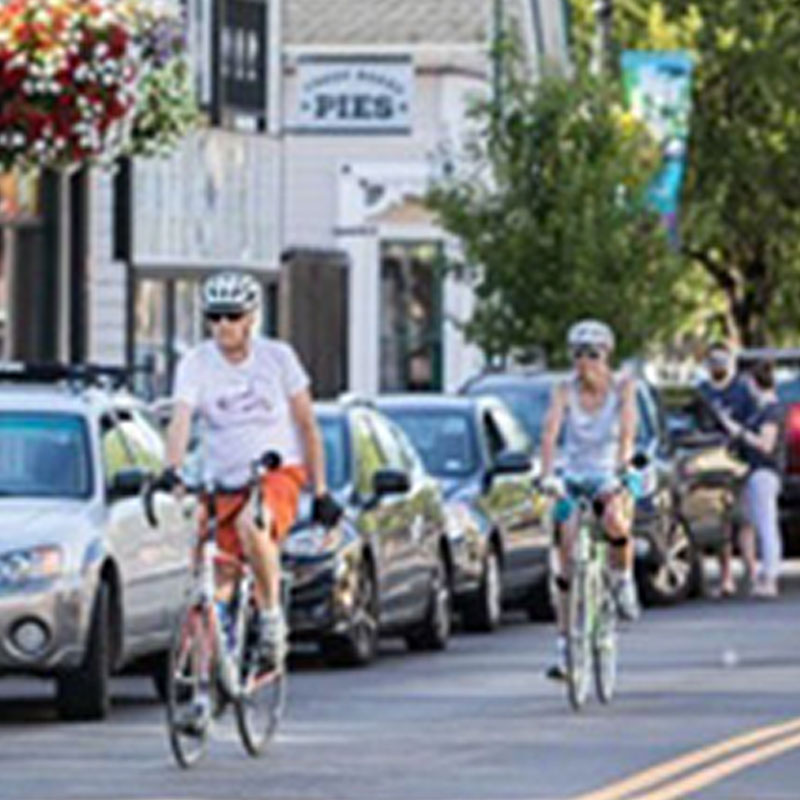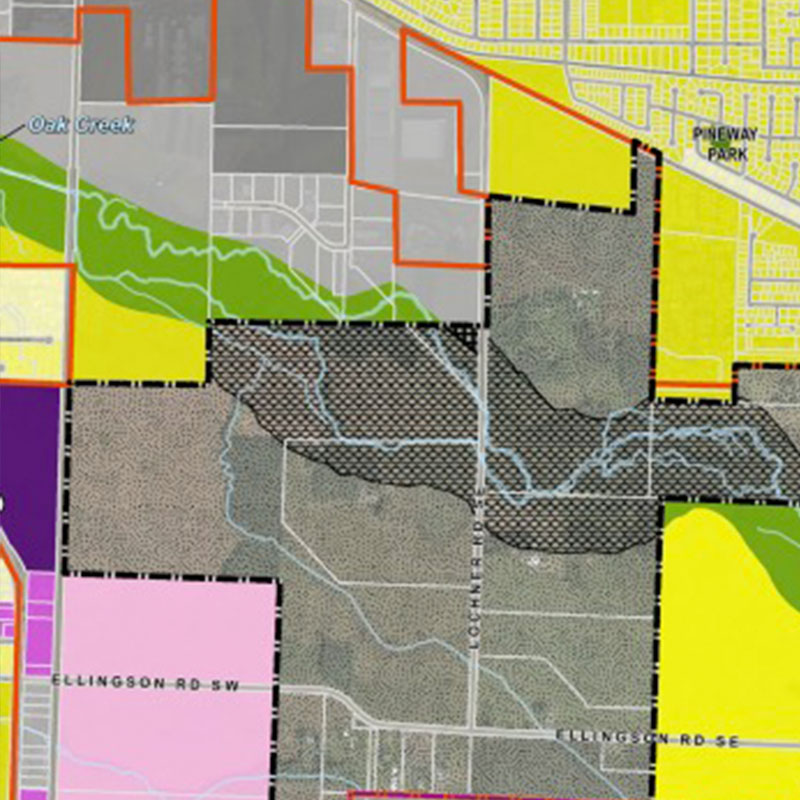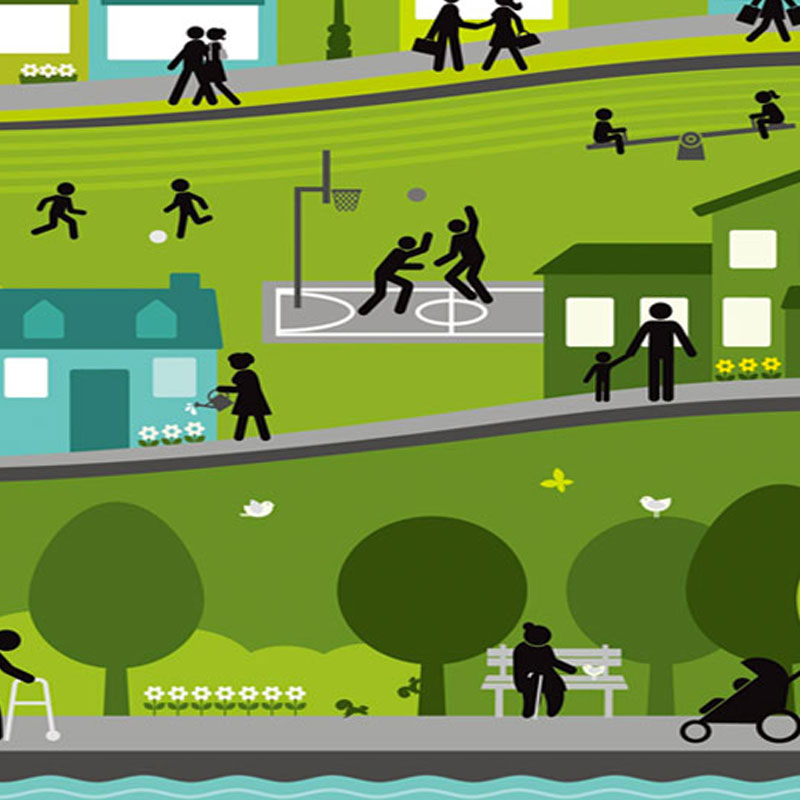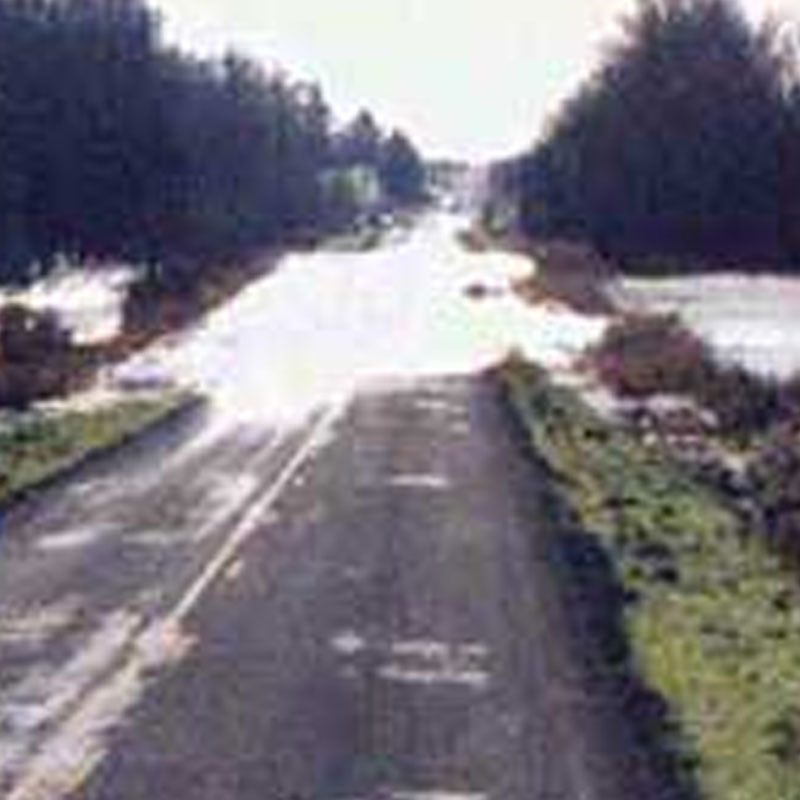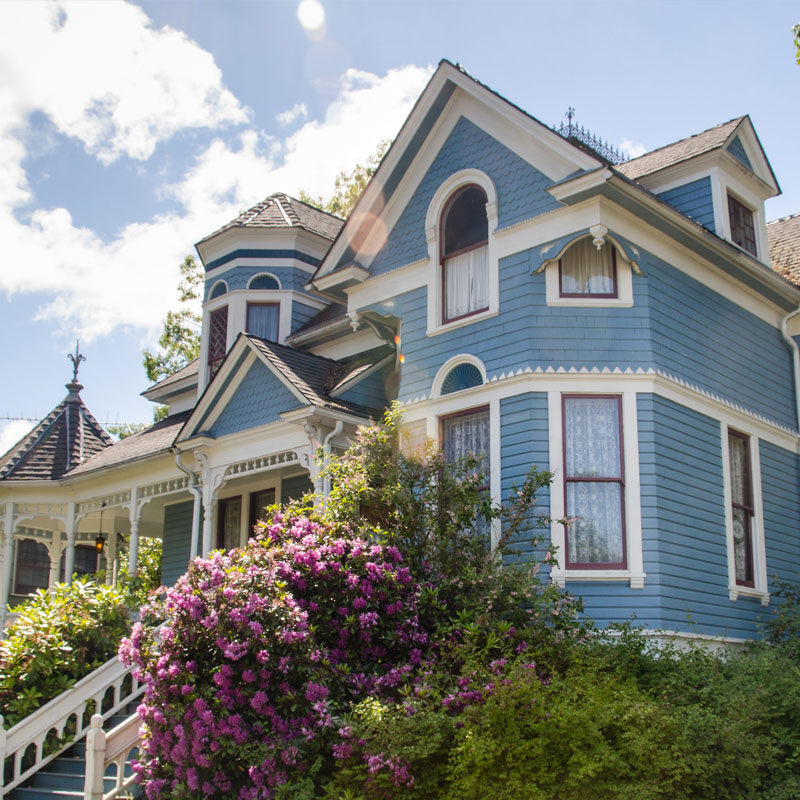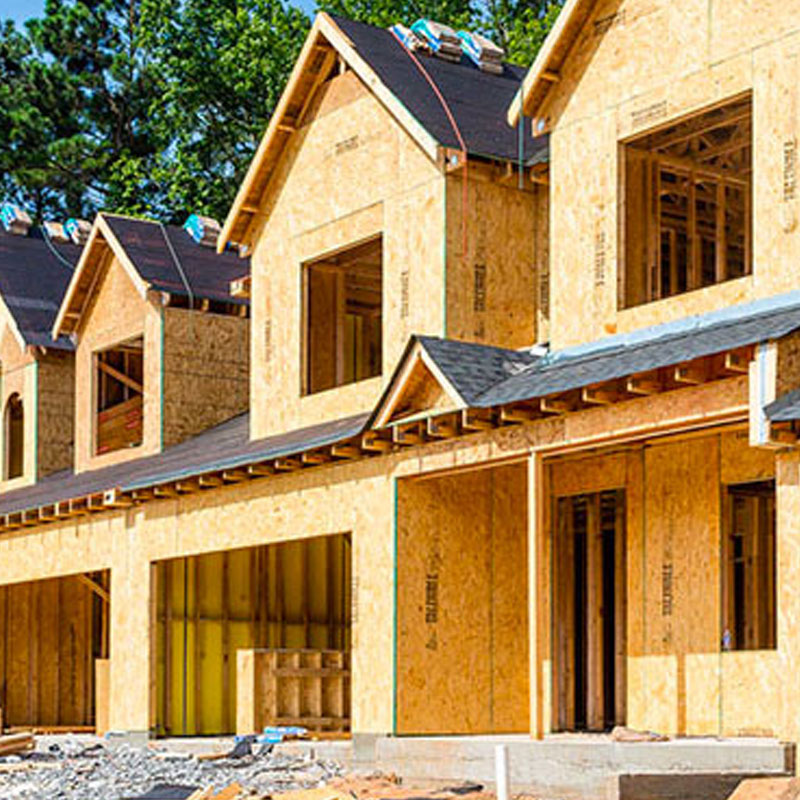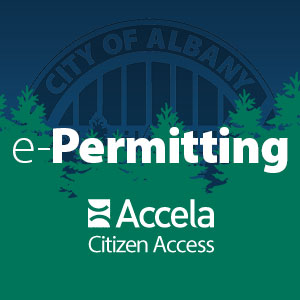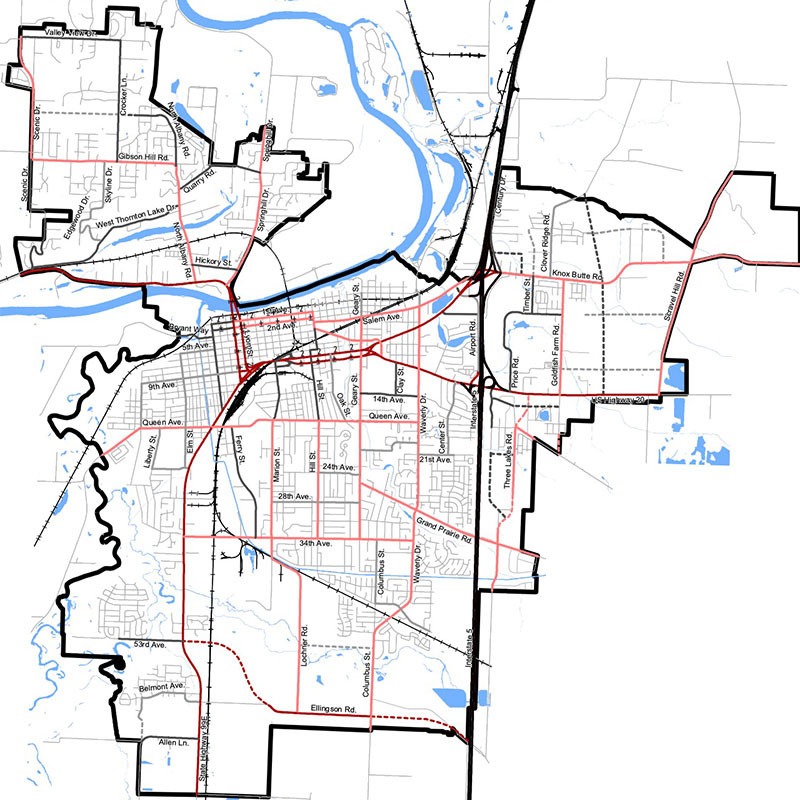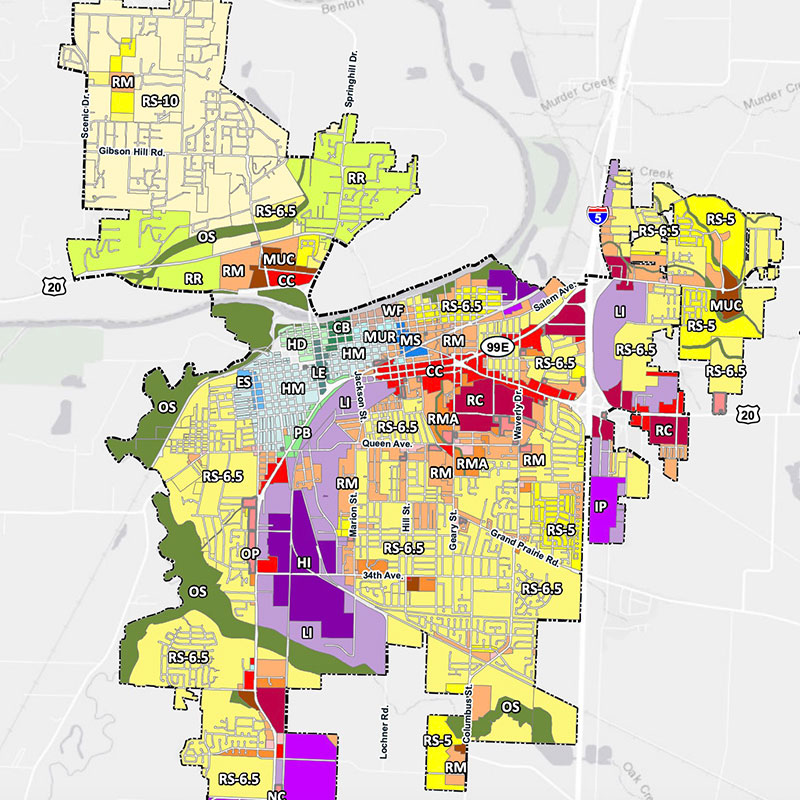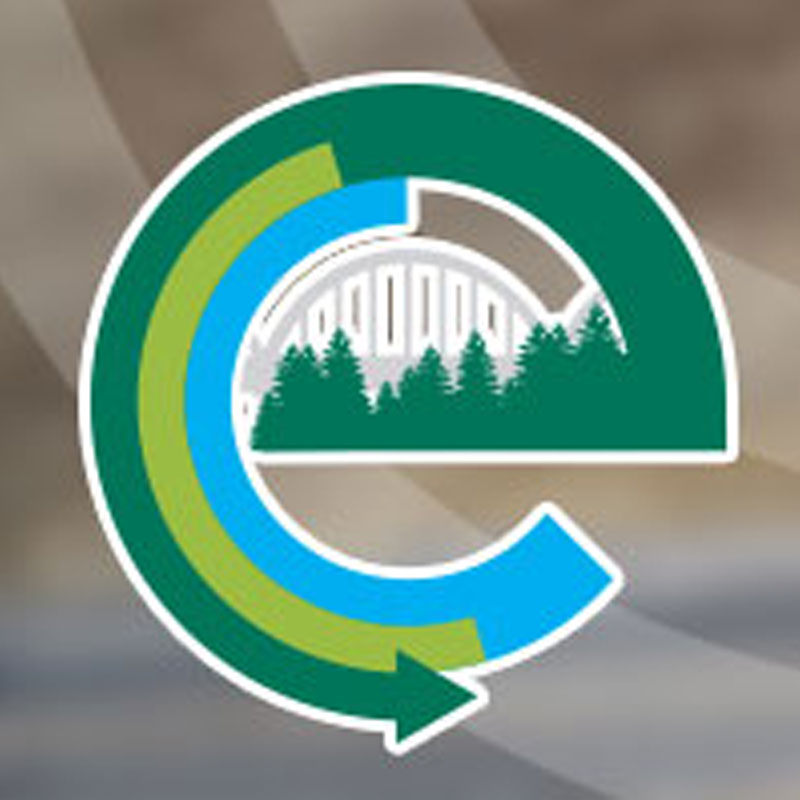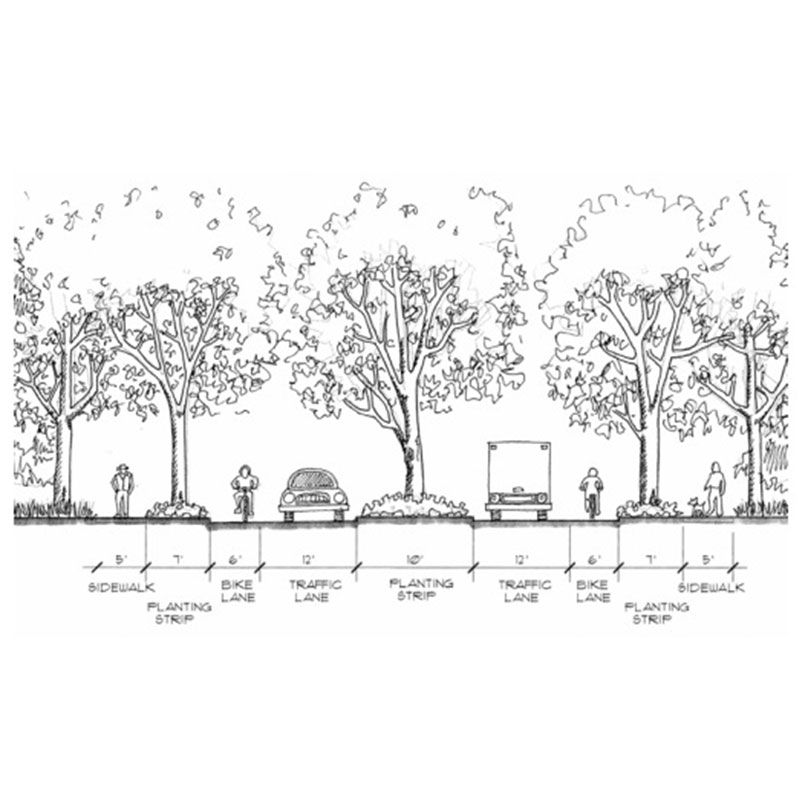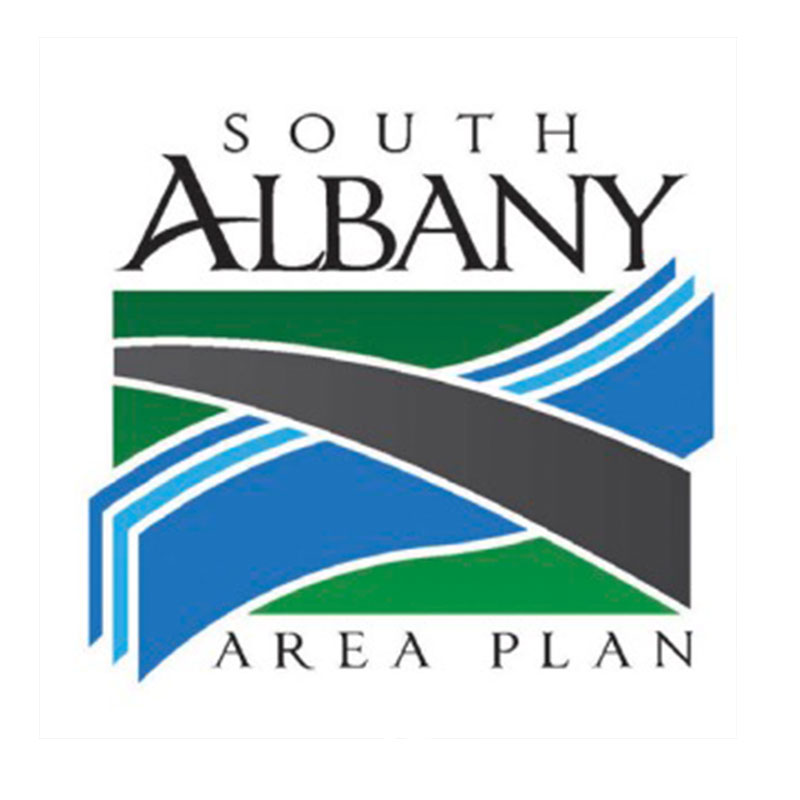- Details
About
In 2022, the Land Conservation and Development Commission (LCDC) passed Climate-Friendly and Equitable Community (CFEC) rules that require cities over 5,000 to create more accessible mixed-use and walkable areas, called “Climate Friendly Areas”, to lower carbon emissions, especially by reducing the need to drive.
Climate Friendly Areas (CFAs) are places where people can live, work, and meet many of their daily needs without having to drive. These areas will allow a mix of housing, businesses, and amenities that are accessibly by bike, transit, and on foot. We hope they encourage more housing and transportation choices may enable residents to not need a car while creating vibrant and connected neighborhoods.
Climate Friendly Areas Adoption
In 2023, the City completed a study of potential CFAs where collectively, 30% of Albany’s 2040 projected housing units could be located. Staff identified candidate CFAs in all areas of the city near transit already zoned for a mix of uses that could meet the CFA requirements with little to no change to existing standards. Candidate CFAs were revised based on community input.
A market study was completed this summer to assess the market potential of these areas to develop with multi-story mixed use development.
• Map of Proposed CFAs
• Albany’s Study of Potential Climate Friendly Areas
• Anti-Displacement Analysis
• Market Feasibility Study of Albany’s CFAs
Learn more on the FAQ and Background tabs.
Parking Reform Adopted
Effective July 1, 2023, the city no longer requires parking for any development, parking maximums were established, bicycle parking standards were updated, large parking lot standards were adopted, and EV charging capacity requirements for apartments with five or more units were put in place on July 1, 2023. Over time, parking lots will have more tree canopy, bicycle parking, and electric vehicle charging.
FAQ
Frequently Asked Questions
Why is Albany creating Climate Friendly Areas (CFAs)?
The CFEC rules adopted in July 2022 require all cities over 5,000 in population, counties in Oregon’s eight metropolitan areas must comply with the new rules. Albany is one of the eight metropolitan areas. Designing CFAs may give people more choices for where to live and reduce the reliance on vehicles, which may reduce emissions from transportation and slow the pace of climate change.
What is a Climate Friendly Area?
Climate Friendly Areas (CFAs) will be walkable, connected areas that allow a mix of businesses, housing, and amenities such as parks and schools. Development in these areas will require high quality pedestrian and bicycle infrastructure and transit access.
Where are the Climate Friendly Areas proposed and when will they go into effect?
Albany has identified candidate Climate Friendly Areas (CFAs) that are on or near transit lines where a mix of uses and/or taller buildings are already allowed within the city. The primary CFA is proposed for the Heritage Mall area, including surrounding commercial and residential development. “Secondary” CFAs are proposed in downtown, north, south, and east Albany.
After public engagement with property owners and residents, the Albany City Council will make a final decision regarding which areas to designate as CFAs by the end of 2024.
Development within CFAs will occur over many years based on market demand. The new rules will help ensure these areas provide a mix of uses in easily accessible areas, which we hope, will improve the livability and vibrancy of the city for all residents over time.
Will the rules eliminate single-detached dwellings and homeownership opportunities?
No. Most areas zoned for single-dwelling development will stay unchanged.
Home ownership can be through fee-simple ownership or condominium ownership.
Housing allowed in the new CFAs will include any housing that can be constructed at a minimum net density of 15 units an acre in most CFAs, which would include smaller houses, townhouses, duplexes, triplexes, fourplexes, apartments. Housing in the primary CFA proposed for the Heritage Mall area must be constructed at 25 units a net acre.
Will some businesses be prohibited in the new mixed-use areas?
Most commercial and service business types will be allowed in the new mixed-use areas; however, standards that require safe pedestrian access may discourage auto-depending retail.
Will the rules increase housing costs?
Many factors affect housing prices – the cost of land, construction, parking, supply and demand, location, unit size, to name a few. The following rule changes may reduce housing costs:
- Parking and Vehicle Ownership. Parking adds cost to development and people who don’t own cars pay indirectly for other people’s parking. Vehicle ownership is expensive. Parking is no longer required with development. Lenders and market dynamics will determine parking needs.
We recognize that Albany transit and bike/ped systems may currently not provide the stop frequency or connectivity yet to support car-free living and that most residents have cars and want parking. - The hope is that over time parking may be “decoupled” from the cost of housing, which may in turn support increased transit ridership (and ultimately better transit service) and walking and biking for services and jobs in closer proximity.
- Higher Density vs. “High Rise” Construction Costs. High rise buildings (5 or more stories) will not be required in the new urban centers, but we must allow for buildings up to 85 feet in the primary CFA (Heritage Mall area). Buildings over 4 stories have different construction requirements and can be more costly per square foot than buildings up to 4 stories. As land increases in value, taller buildings may cost less per square foot.
A market analysis for east Albany (east of I-5), indicated Albany’s residential development is anticipated to be 4 or fewer stories in the near term. A market study of all proposed CFAs will provide the city with more information about the type of development we could expect over time. - EV Conduit: Apartment complexes with 5 or more units must provide electrical service capacity and conduit for 40% of provided parking spaces; however, the wiring and electric vehicle chargers are not required. The intent is to reduce costs to install charging stations later as demand for EVs grows.
Will the rules increase costs for businesses?
- Parking. Parking is no longer required, which may reduce development costs. New standards will encourage conversion of underutilized parking areas and facilitate shared parking. New parking lots over ¼ acre in size will be required to provide more tree canopy or solar panels.
- EV Conduit. State law currently requires commercial buildings in private ownership to provide 20% of new parking spaces with EV conduit and electrical service capacity (ORS 455.417). The new rules for mixed -use buildings with 5 or more dwellings, increase this requirement to 40% of parking spaces provided.
Timeline
Timeline
The first phase is to study and determine potential locations of climate-friendly areas by December 31, 2023. Following this phase, development standards for these areas will be adopted by December 31, 2024.
| 2022 | 2023 | 2024 | 2025 | 2026-2028 | 2029 | |
|---|---|---|---|---|---|---|
| Albany Area | Transportation Planning Rule major report (5/31) | Transportation Planning Rule minor report (5/31) | Transportation Planning Rule minor report (5/31/2026) and major report (5/31/2028) | Transportation Planning Rule minor report (5/31) | ||
| Albany |
|
|
|
|
|
|
Public Engagement
Public Engagement
Join the mailing list to stay up to date. Please send questions, comments and suggestions to
Attend an open houses on the proposed Climate Friendly Areas:
| CFA Meeting Focus | Date | Time | Location |
|---|---|---|---|
| North Albany (C) | Wednesday, September 11, 2024 |
4:30–6pm | City Hall, Council Chambers, 333 Broadalbin St SW |
| Mall Area (D), Queen& Geary (E), East Albany(B), 99E/South Albany (F) | Tuesday, September 17, 2024 |
4:30–6pm | Main Library, 2450 14th Avenue SE |
| Downtown (A) | Tuesday, October 1, 2024 |
4:30–6pm | City Hall, Council Chambers, 333 Broadalbin St SW |
| Open House (All areas) | Wednesday, October 30, 2024 |
4:30–6pm | City Hall, Council Chambers, 333 Broadalbin St SW |
| Open House (All areas) | Wednesday, November 12, 2024 |
4:30–6pm | City Hall, Council Chambers, 333 Broadalbin St SW |
To attend virtually
Use this open house link on the date and time of the meeting, or open Zoom and entering the following:
- Meeting ID: 838 7661 0659
- Passcode: 782602
To phone in, please send an email to
Areas Map
Prior Public Engagement Materials
Background
Background
Oregon is not meeting its goals to reduce climate pollution. In 2007, Oregon legislators adopted a goal to reduce Oregon’s climate pollution by 75% by 2050 because that’s what the science calls for if Oregon is going to avoid catastrophic impacts to our environment, communities, and economy. Governor Brown issued Executive Order 20-04 in March 2020 which is the basis of the Oregon Climate Action Plan (OCAP), which directs many state agencies to address climate change in a variety of very specific ways.
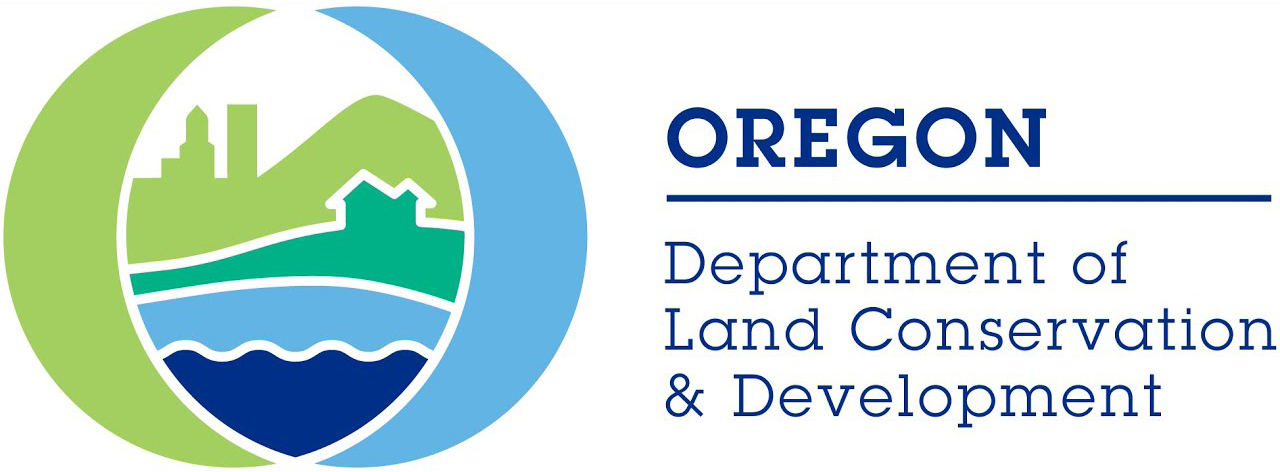 The Department of Land Conservation and Development (DLCD) is the state agency that oversees land use and transportation planning. Transportation accounts for 38% of Oregon’s greenhouse gas pollution. Land use patterns can impact climate pollution by offering transportation, housing, and employment choices in locations that are walkable, bikeable, and accessible by transit to reduce reliance on vehicles.
The Department of Land Conservation and Development (DLCD) is the state agency that oversees land use and transportation planning. Transportation accounts for 38% of Oregon’s greenhouse gas pollution. Land use patterns can impact climate pollution by offering transportation, housing, and employment choices in locations that are walkable, bikeable, and accessible by transit to reduce reliance on vehicles.
The Oregon Land Conservation and Development Commission (LCDC) initiated the Climate-Friendly and Equitable Communities (CFEC) rulemaking in September 2020. After almost two years of public engagement and modifications to draft rules, LCDC adopted the rules July 21, 2022. Visit the CFEC page for information about the new standards and state climate change resources.
- Details
- Details
About
About the CDBG Program
The City of Albany became a Community Development Block Grant (CDBG) entitlement community in 2013, and receives an annual formula grant from the U.S. Department of Housing and Urban Development (HUD). The purpose of the CDBG program funds is to create viable urban communities through decent housing and suitable living environments, by removing blighted conditions, and expanding economic opportunities. CDBG funds can be used to implement a wide variety of community and economic development eligible activities, to principally benefit low- and moderate-income persons.
The CDBG program provides the City with an essential funding source to financially support a variety of programs and projects including those described on this webpage. Activities funded through the CDBG program must address the priority needs, goals, objectives and strategies identified through the City’s Five-Year Consolidated Plan and Annual Action Plans.
Public Input Opportunities
Each year, the City of Albany prepares an annual Action Plan that describes how CDBG funding will be used to address priorities in the five year Consolidated Plan. Public participation is important in helping the city identify priority needs that could be supported with CDBG funding. The city is continually seeking input from residents and supportive agencies to gain an understanding of priority needs and in setting goals to be included in annual action plans.
Ways to participate and provide input:
Attend Community Development Commission meeting:
The Community Development Commission usually meets on the third Monday of each month at noon.
December 16, 2024, noon
Santiam Room, City Hall
January 27, 2025, noon
Santiam Room, City Hall
Email or call:
Beth Freelander
541-917-7550
Mail:
Community Development Department
333 Broadalbin St SW
Albany, OR 97321

CDBG funds can be used to remove blighting influences in neighborhoods and improve or provide city facilities or infrastructure in eligible low-income neighborhoods, improve accessibility for disabled persons, and acquire sites and to develop infrastructure for low-income housing development projects. To date, CDBG funds were used to remodel Sunrise Park and add parking and lighting, add infill sidewalks along 19th Avenue SE from Main to Sunrise Elementary School, add curb ramps along the Dave Clark Path, and replace a failing section of Periwinkle Path north of Queen Avenue.
For Residents
Assistance for Albany residents
Home Repairs
Low-interest deferred-payment loans up to $35,000 for housing rehabilitation are available to Low- and moderate-income Albany homeowners. DevNW staff oversees the entire project and pays contractors directly. Learn more...
Weatherization Services
FREE weatherization services and associated repairs are available to low- and moderate-income Albany homeowners from Community Services Consortium (CSC). Inspectors assess the home for energy improvements and eligibility, and work with you and your contractor to improve the livability of your home. Learn more...
Fair Housing
What does housing discrimination look like?
View this brochure to learn more about what housing discrimination looks like (English/Spanish).

Federally-protected classes include:
race
color
national origin
religion
gender
familial status
disability
Oregon-protected classes include:
marital status
source of income
sexual orientation
including gender identity
domestic violence victims
What can I do if I think I'm facing housing discrimination?
If you think you have faced discrimination, or if you would like more information about your rights, please visit the Fair Housing Council of Oregon (FHCO) website or call the hotline, 1-800-5424-3247, ext 2.
Brochures in numerous languages are available for download and staff can respond to questions and complaints having to do with housing discrimination related to federal, state and local laws. 1-800-424-3247. Las publicaciones están disponibles en español y tienen personal que habla español a través del teléfono.
You have one year to file a complaint with the government, and two years to file a lawsuit in federal or state court.
What can I do to help my case?
- Gather as much information as you can to give to Fair Housing Council staff when you call the Fair Housing Hotline at (800) 424-3247 ext. 2.
- Write down the details of what happened, including dates, times, who was involved, as well as the names of possible witnesses.
- Keep an ongoing log of events.
- Save any written materials that relate to your case.
What does the City of Albany do?
Albany works to further fair housing within the City. Albany's Analysis of Impediments to Fair Housing Choice and Fair Housing Plan outline the City's findings regarding fair housing issues identified within the city and steps that will be taken to reduce or remove impediments to fair housing.
Other Resources:
- HUD Fair Housing and Equal Opportunity (FHEO) website contains information to help you if you feel you have experienced housing discrimination.
- Bureau of Labor and Industries (BOLI) - BOLI enforces Oregon´s civil rights laws. These laws ban discrimination against individuals because of characteristics that make them part of a protected class. Anyone claiming to have been discriminated against at work, in a place where the public is served such as a restaurant or a hotel, when buying or renting housing, or when applying for or attending a career school can file a complaint with the BOLI´s Civil Rights Division.
For Agencies
Assistance for agencies
The City continually seeks needs of area agencies that serve Albany’s low- and moderate income residents and residents with special needs. Agency outreach and consultations typically start over the summer and continue into the fall to assess community needs that could be supported in the next fiscal year. The City issues requests for funding in the fall for the next fiscal year. Applications are evaluated over the winter and funding recommendations to include in the next Action Plan are typically made in March, with hearings in April/May.
Pre-Application Workshops
Before applying for funds, applicants must attend a mandatory pre-application workshop to learn more about CDBG program requirements and application materials. The workshops are usually held in late fall (October-November) of each year.
Subrecipient Reporting
Subrecipients are required to submit a progress report on a quarterly basis that includes beneficiary demographics (from Client Certification Form) to ensure compliance with CDBG program regulations and objectives to primarily serve low- and moderate-income residents and areas. The City then reports this progress to HUD and progress on accomplishing goals and objectives in the five-year Consolidated Plan and annual Action Plan. Below are resources for subrecipients to gather data and report this information in a standardized format. In addition, the City uses a risk assessment to determine which agencies to monitor to verify accuracy of the reported information and compliance with CDBG program requirements.
Subrecipient Forms and Checklists
- Client Certification Form - English (pdf)
- Client Certification Form - Spanish (pdf)
- Activity File Documentation Checklist (pdf) – save these documents in your paper or e-files
- Quarterly Report (pdf) – due 1/15; 4/15, 7/15, and 10/15.
- Quarterly Report CARES Act (pdf)
- Reimbursement Request (pdf) – submitted with Quarterly report (1/15; 4/15, 7/15, 10/15)
- Annual Closeout Report (pdf)
Subrecipient Resources
Program Overview
CDBG Policies and Procedures Manual
Albany Capital Projects Manual
Minority and Women’s Business Enterprise
HUD Requirements for Grantees
- CDBG Program Requirements Overview
- CDBG National Objectives Diagram
- CDBG Guide to National Objectives and Eligible Activities (también disponible en español)
- Build America, Buy America Quick Guide: CDBG
- Basically CDBG – comprehensive manual on all aspects of the CDBG program and activities
- Federal Grant Administration in 2 CFR 200, See Subpart D Post Award Requirements
- CDBG Program Regs in 24 CFR 570 Subpart J – Grant Administration
- CDBG Program Regs in 24 CFR 570 Subpart K – Other CDBG Requirements
- SAM.GOV Registration instructions video
Subrecipient Training
- Basically CDBG - comprehensive training slide presentation on the CDBG Program
- Playing by the Rules - Subrecipient Training Handbook
Environmental Review (ER) Record
Contracting for CDBG-assisted Projects
Income Limits
Income Limits
April 1, 2024 HUD Income Limits
| Family Size | |||||||
|---|---|---|---|---|---|---|---|
| 1 | 2 | 3 | 4 | 5 | 6 | 7 | 8 |
| $47,550 | $54,350 | $61,150 | $67,900 | $73,350 | $78,800 | $84,200 | $89,650 |
Plans and Reports
Plans and Reports
- Details
